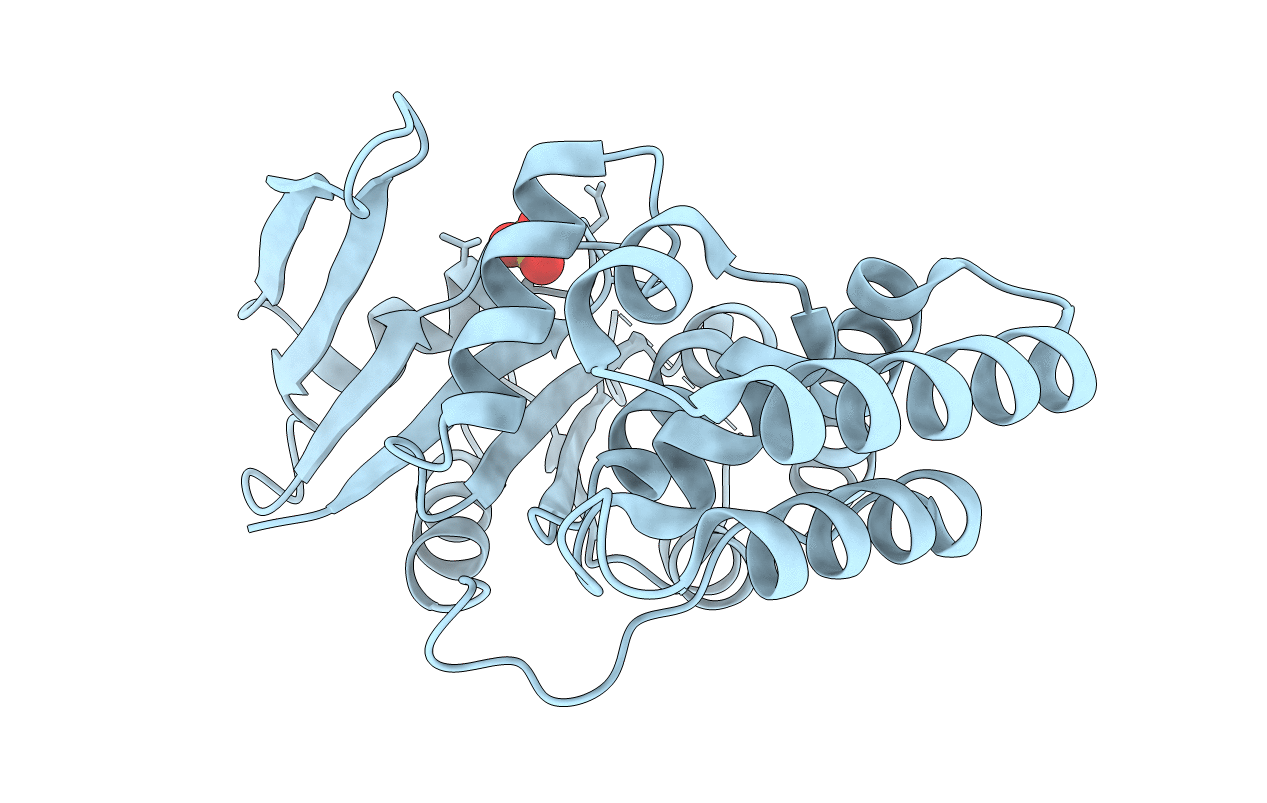
Deposition Date
2011-07-15
Release Date
2011-11-02
Last Version Date
2023-11-01
Entry Detail
PDB ID:
3B1Z
Keywords:
Title:
Crystal structure of an S. thermophilus NFeoB T35S mutant without nucleotide
Biological Source:
Source Organism:
Streptococcus thermophilus (Taxon ID: 264199)
Host Organism:
Method Details:
Experimental Method:
Resolution:
2.65 Å
R-Value Free:
0.28
R-Value Work:
0.21
R-Value Observed:
0.22
Space Group:
P 21 21 21


